Date: 2 December 2011
It provides a graphic reminder that children can be most at risk when fire breaks out.
The Niteroi circus fire in December 1961, later proved to be arson by a disgruntled employee, was made worse by “children and adults, trampling each other in a desperate bid to reach the narrow passage” that was their only escape route, according to a contemporary newspaper report.
It could have been much worse if a performing elephant, frightened by the flames, hadn’t bolted, taking with it a large section of the blazing tent and saving a great many lives.
The circus fire underlines two important facts, today embedded into building codes in every developed country. One: any public building – even a temporary tent – must have clear and unobstructed escape routes. Two: where children are involved, and especially in schools, safety procedures must be rigorously applied and constantly practiced.
However, child-friendly fire safety doesn’t apply everywhere. There are still many schools in the developing world where building codes, or the means to enforce them, are less than adequate. In 2008, fire killed 19 girls in a boarding school in Uganda. In 2001, fire killed 59 boys at a school in Kenya. There are many other examples.
According to the Department for Education, more than 1,300 schools in the UK every year experience fires large enough to be attended by local authority fire and rescue services. Fifty-six per cent of these are classed as non-accidental. The UK’s Arson Prevention Bureau suggests that some 20 schools and colleges are damaged or destroyed by arson every week – and those are just the ones attended by fire appliances and therefore make the statistical register.
Putting that into graphic context, earlier this year a fire broke out in the sixth form common room of a school in Ickenham, Middlesex. The fire was quickly spotted, the emergency services were notified and the school was efficiently evacuated. Nobody was hurt. The school was well practiced in fire training and held regular fire drills. Modern building regulations and fire safety procedures had worked.
However, the Ickenham fire owes a great deal to another school fire in 1958 on the other side of the Atlantic, and which hugely influenced how we look at fire safety in schools in the UK today. This happened at the Our Lady of the Angels School in Chicago, back in an era where fire and building regulations in Europe and the USA were less stringent.
The American school legally complied with municipal and state fire codes and was well-maintained. However, those codes did not address such issues as fire escapes – the school had only one. Nor were there fire doors, an automatic fire alarm, heat detectors, or a direct alarm connection to the fire department.
In addition, while the building did have a brick exterior to prevent fire spreading to adjacent buildings, its interior was made almost entirely of wood – including stairs, walls and floors. There were flammable ceiling tiles on the roof and floors had been polished many times with petroleum-based waxes.
The fire started in the basement and smouldered undetected for up to 30 minutes, gradually heating the stairwell until a window at the bottom of the stairwell shattered, giving the incipient fire a new oxygen supply. The wooden staircase then burst into flames, sending hot gases, fire, and smoke up to the school above.
By then, students and teachers in one wing of the school on the second floor were trapped, although many didn’t yet know the building was on fire. Making matters worse, not only were there no fire doors, ordinary corridor doors had been propped open, allowing more oxygen to reach the flames. Indeed, two doors had been chained open.
As the fire intensified, pipes in the building burst, allowing superheated gases to travel further upwards, until flashover occurred in the school’s attic, sending flames unchecked through roof spaces and into classrooms. By then, smoke, heat and fire had cut off escape routes and dozens were forced to jump from upstairs windows.
After the Our Lady of the Angels School fire, the president of the National Fire Protection Association (NFPA) said that “there are no new lessons to be learned from this fire; only old lessons that tragically went unheeded.”
But in the fire’s wake, sweeping changes to school fire safety regulations were enacted nationwide, with fire investigators also coming from the UK – and taking valuable lessons back to Britain, which directly influenced fire safety in UK schools. Ickenham School owes much to Our Lady of the Angels.
The cause of the Chicago fire was never officially determined, although a 10-year-old boy did confess some years later, also admitting to starting other fires. However, he took back his confession, was never prosecuted, and died in 2004.
Nowadays, the lessons learned from Chicago – and elsewhere – are built into robust building and fire safety regulations, and companies such as Wrightstyle continue to invest in the design and testing of glass and steel glazing systems to translate educational fire safety into beautiful, practical and safe internal glass screens or external curtain walling.
But sometimes, when tragic anniversaries come round, it’s good to remember why and how those regulations came about. The Our Lady of the Angels fire cost the lives of 92 children and three teaching staff. Another 100 were injured, many seriously. Even the Pope sent his condolences.
www.wrightstyle.co.uk
Ends
Wrightstyle is a leading specialist in designing, fabricating and installing steel and glass systems for both internal and external applications. The company has worked extensively within the educational sector.


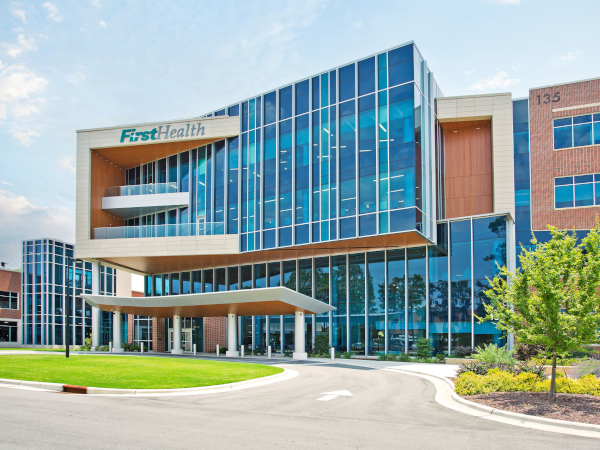
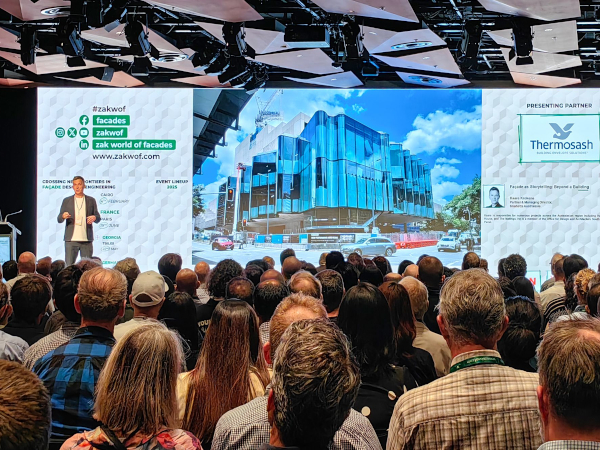
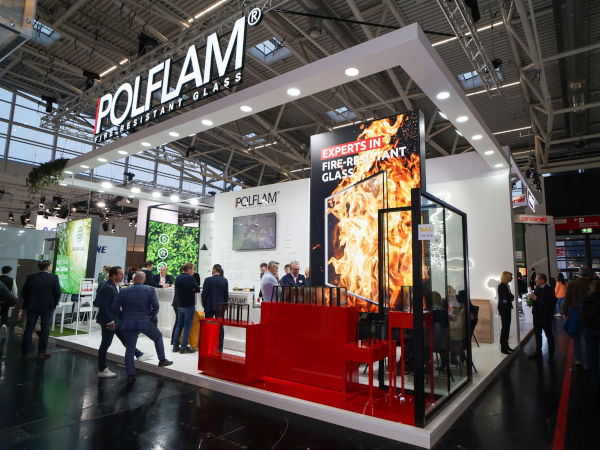
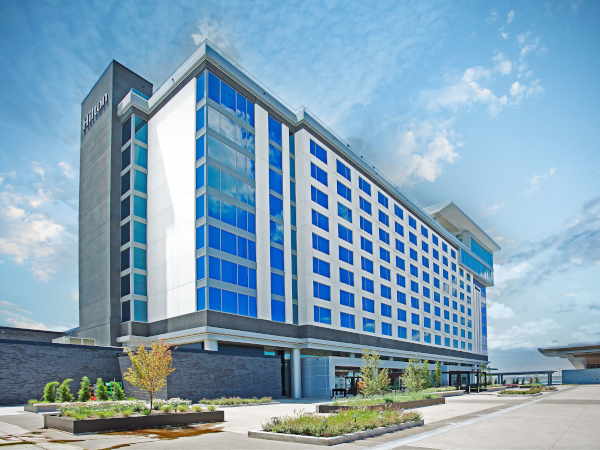






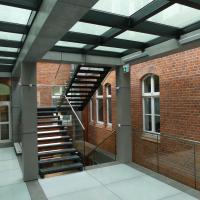
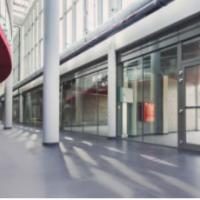


Add new comment